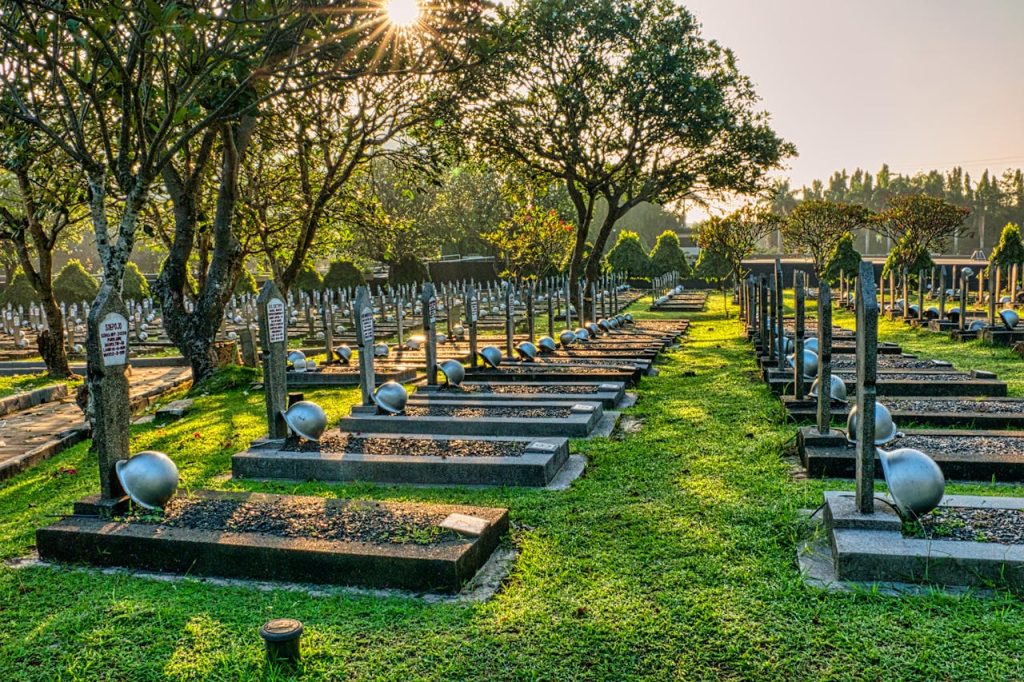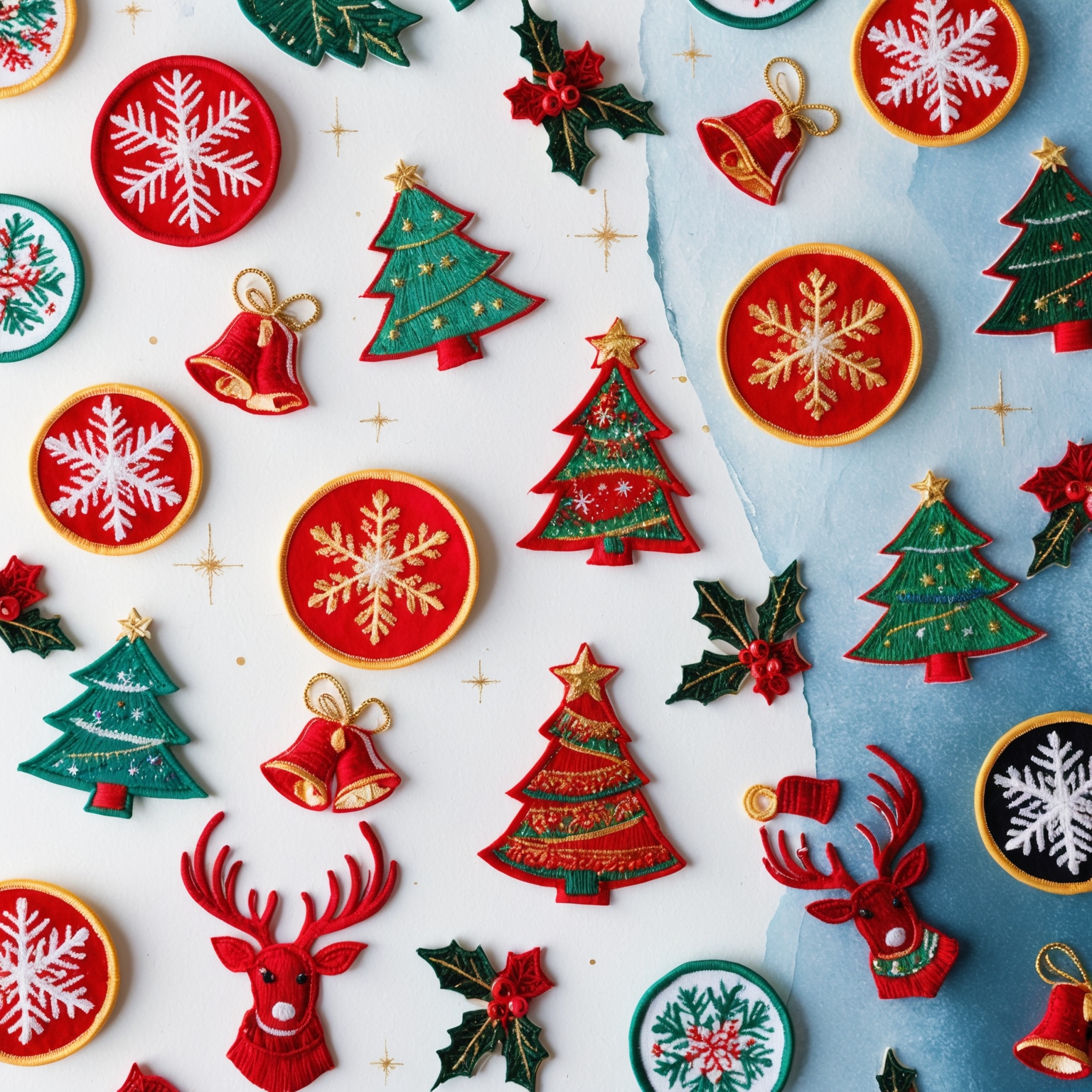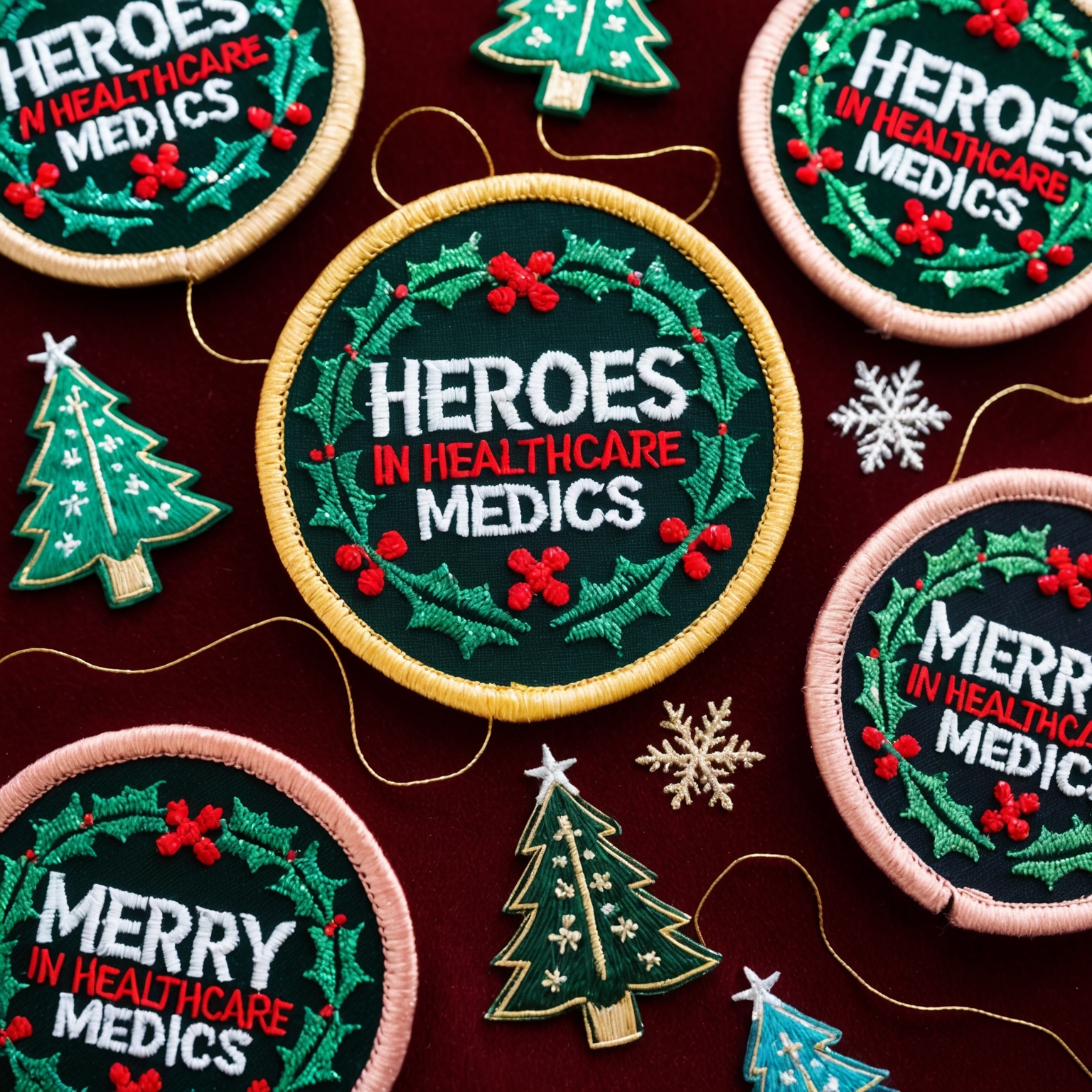Custom emblems have long been a symbol of pride, identity, and recognition, especially within the military and veterans’ communities. These emblems serve as a powerful reminder of service, sacrifice, and camaraderie among those who have dedicated their lives to protecting their country. For veterans’ associations, custom emblems are not just decorative items—they are a vital part of preserving history, honoring legacy, and fostering a sense of belonging.
In this comprehensive guide, we will explore the process of creating custom emblems for veterans’ associations. We will discuss the significance of these emblems, how to design them thoughtfully, and the steps involved in producing high-quality emblems that veterans will wear with pride. By the end, you’ll have a deep understanding of how to create custom emblems that resonate with veterans and reflect the values of the associations they represent.
The Importance of Custom Emblems for Veterans’ Associations
Why Custom Emblems Matter
Custom emblems hold a special place in the hearts of veterans. They serve as tangible symbols of their service, representing the units they served with, the missions they completed, and the bonds they formed with fellow service members. For veterans’ associations, custom emblems are essential tools for building community, preserving history, and honoring those who have served.
- Preserving Legacy: Custom emblems help preserve the legacy of military units, campaigns, and individual veterans. They serve as a visual reminder of the sacrifices made and the missions accomplished, ensuring that the stories of service are passed down through generations.
- Fostering Identity: Emblems create a sense of identity and belonging within veterans’ associations. They unite members under a shared symbol, reinforcing the values and traditions of the group.
- Honoring Service: Custom emblems are a way to honor the service of veterans, recognizing their contributions and the impact they have had on their country. They provide a means for veterans to proudly display their service and connect with others who share similar experiences.
- Strengthening Community: Emblems are powerful tools for building and strengthening the veteran community. They serve as a rallying point for members, fostering camaraderie and mutual support.
Given the deep significance of custom emblems, it’s essential to approach their design and creation with care and thoughtfulness.
Designing Custom Emblems for Veterans’ Associations
The design of a custom emblem is a crucial step in ensuring that it resonates with veterans and accurately reflects the values and identity of the association. Several key factors should be considered during the design process.
1. Understanding the Association’s Identity and Mission
Before beginning the design process, it’s important to have a clear understanding of the veterans’ association’s identity, mission, and values. The emblem should reflect these elements and serve as a visual representation of what the association stands for.
- Mission Statement: Consider the mission statement of the association. What are its goals? How does it serve its members and the broader veteran community? The emblem should align with these goals and convey the association’s commitment to its mission.
- Core Values: Identify the core values of the association, such as honor, loyalty, service, and camaraderie. These values should be reflected in the design of the emblem, ensuring that it resonates with members and reinforces the association’s principles.
- Historical Significance: Many veterans’ associations have deep historical roots, often connected to specific military units, campaigns, or eras. The emblem should honor this history and preserve the legacy of those who served.
2. Selecting Meaningful Symbols and Imagery
Symbols and imagery are the heart of any custom emblem. They convey the message and identity of the association in a way that words alone cannot. When selecting symbols, it’s important to choose elements that are meaningful and resonate with the veteran community.
- Military Symbols: Consider incorporating traditional military symbols, such as eagles, swords, anchors, or flags. These symbols are instantly recognizable and carry significant meaning within the veteran community.
- Unit Insignia: If the association is connected to a specific military unit, consider using the unit’s insignia as the focal point of the emblem. This creates a direct connection to the members’ service and honors the history of the unit.
- Patriotic Imagery: Patriotic symbols, such as the American flag, the bald eagle, or the Liberty Bell, can be powerful elements in a custom emblem. They reinforce the association’s connection to national pride and service to the country.
- Custom Designs: For associations with unique missions or identities, consider creating custom symbols or designs that reflect the specific focus of the group. This could include representations of the association’s work, such as supporting veterans’ mental health, providing education, or advocating for veteran rights.
3. Incorporating Text and Messaging
Text is an essential component of a custom emblem, providing context and meaning to the imagery. The text should be clear, concise, and aligned with the overall message of the emblem.
- Association Name: Include the name of the veterans’ association on the emblem. This helps to identify the group and reinforces the connection between the emblem and the association’s identity.
- Motto or Slogan: Many veterans’ associations have a motto or slogan that encapsulates their mission or values. Incorporating this text into the emblem adds a layer of meaning and reinforces the association’s purpose.
- Dates or Events: If the emblem is being created to commemorate a specific event, such as an anniversary or reunion, consider including the date or name of the event. This helps to commemorate the occasion and serves as a reminder of the specific achievements being honored.
4. Choosing Colors and Finishes
Color plays a significant role in the visual impact of a custom emblem. The choice of colors should be informed by the symbols being used and the overall theme of the emblem.
- Patriotic Colors: Red, white, and blue are commonly used in veterans’ emblems to represent the American flag and national pride. These colors are instantly recognizable and carry deep significance within the veteran community.
- Military Colors: Consider using colors that are associated with specific branches of the military, such as olive drab for the Army, navy blue for the Navy, or Air Force blue. These colors help to create a connection to the members’ service and the branch they served in.
- Symbolic Colors: Certain colors carry specific meanings within the military and veteran communities. For example, gold is often associated with honor and valor, while black can symbolize remembrance and respect for the fallen.
- Metallic Finishes: Metallic finishes, such as gold, silver, or bronze, can add a touch of elegance and durability to the emblem. These finishes are particularly effective in highlighting key elements of the design and adding depth to the overall look.
5. Designing for Versatility and Application
Veterans’ emblems are often used in a variety of applications, from patches and pins to banners and plaques. It’s important to design an emblem that is versatile and can be adapted for different uses.
- Scalability: Ensure that the design can be scaled up or down without losing detail or clarity. This is important for applications such as small lapel pins or large banners.
- Simplicity: While detailed designs can be visually striking, it’s important to avoid overly complex designs that may be difficult to reproduce accurately. A clean, simple design often works best, particularly for smaller applications.
- Multi-Use Design: Consider how the emblem will be used across different mediums, such as embroidered patches, printed materials, or digital media. The design should be adaptable to different formats while maintaining its integrity and impact.
Producing High-Quality Custom Emblems
Once the design is finalized, the next step is to move on to the production phase. Working with a reputable manufacturer is essential to ensure that the custom emblems are produced to the highest standards.
1. Choosing the Right Materials
The choice of materials plays a critical role in the durability, appearance, and feel of the custom emblems. The materials should be selected based on the intended use and the desired aesthetic.
- Embroidered Fabric: Embroidered patches are a popular choice for veterans’ emblems, offering a classic look and feel. High-quality threads, such as polyester or rayon, should be used to ensure vibrant colors and durability. Twill or felt backing can provide added strength and texture.
- Metal: Metal emblems, such as lapel pins or challenge coins, offer a more durable and elegant option. Metals like brass, copper, or zinc alloy are commonly used, with finishes such as gold plating, silver plating, or antique finishes adding to the visual appeal.
- PVC (Polyvinyl Chloride): PVC is a versatile material that can be molded into three-dimensional designs with fine details and vibrant colors. PVC emblems are waterproof and durable, making them ideal for outdoor applications or items that may be exposed to harsh conditions.
- Leather: Leather emblems provide a premium, rugged look that is both stylish and durable. They are often used in applications such as jackets, bags, or accessories, offering a unique and sophisticated appearance.
2. Working with a Reputable Manufacturer
Selecting the right manufacturer is crucial to the success of your custom emblem project. A reputable manufacturer will have the experience and expertise needed to bring your design to life.
- Experience with Veterans’ Emblems: Look for a manufacturer with a proven track record of producing custom emblems for veterans’ associations. They should be familiar with the unique requirements of these projects and offer guidance on materials, finishes, and production techniques.
- Customization Options: Ensure that the manufacturer offers a range of customization options, including different materials, finishes, and personalization features. This allows you to create an emblem that is truly unique and tailored to the association.
- Quality Control: The manufacturer should have a robust quality control process to ensure that each emblem meets the highest standards. This includes inspecting the emblems for defects, ensuring accurate reproduction of the design, and verifying that the colors and finishes are consistent.
- Communication and Support: A good manufacturer will provide excellent communication and support throughout the production process. They should be responsive to your needs and willing to make adjustments if necessary.
3. Reviewing Proofs and Samples
Before proceeding with full production, it’s important to review design proofs and samples. This step allows you to make any necessary adjustments and ensure that the final product aligns with your vision.
- Design Proofs: The manufacturer will provide digital design proofs that show how the final emblem will look. Review these proofs carefully to check for accuracy in the design, text, and colors.
- Physical Samples: Request physical samples of the emblem if possible. This allows you to assess the quality of the materials, finish, and craftsmanship in person. Physical samples are particularly useful for evaluating the weight and feel of metal emblems, as well as the visibility of detailed elements in embroidered patches.
- Feedback and Revisions: Provide feedback to the manufacturer if any changes are needed. This could include adjusting the size of the text, refining the colors, or altering the placement of design elements. The goal is to ensure that the final product is perfect before full production begins.
4. Ensuring Timely Delivery
Timely delivery is essential, especially if the custom emblems are to be presented at a specific event, such as a veterans’ reunion or memorial service. Work with the manufacturer to establish a clear timeline for production and delivery.
- Production Timeline: Discuss the production timeline with the manufacturer to ensure that the emblems will be ready in time for the planned presentation. Allow for extra time in case revisions or additional samples are needed.
- Shipping and Delivery: Confirm the shipping and delivery details to ensure that the emblems arrive on time and in good condition. Consider any potential delays, such as customs clearance for international orders, and plan accordingly.
- Inventory Management: If ordering a large quantity of emblems, work with the manufacturer to manage inventory and ensure that all emblems are accounted for. This includes keeping track of any surplus emblems that may be needed for future presentations or replacements.
Presenting Custom Emblems to Veterans
The presentation of the custom emblem is a significant moment that can enhance the impact of the recognition. How the emblem is presented can make a lasting impression on the recipient and reinforce the value of their service and contributions.
1. Creating a Meaningful Presentation Ceremony
A formal presentation ceremony adds gravitas to the recognition and makes the recipient feel honored and appreciated. Consider the following elements when planning the ceremony:
- Setting the Scene: Choose a location that is appropriate for the significance of the recognition. This could be a veterans’ hall, a memorial site, or a historic location that holds meaning for the association.
- Involving Leadership: Involve association leadership or other respected figures in the presentation to underscore the importance of the recognition. Having a commanding officer, association president, or other senior leader present the emblem adds weight to the honor.
- Personalized Remarks: Prepare personalized remarks that highlight the recipient’s service, achievements, and impact on the association and the broader veteran community. This adds a personal touch and shows that the recognition is sincere and well-considered.
- Capturing the Moment: Consider documenting the presentation with photos or videos. This not only creates a lasting memory for the recipient but also allows the association to share the recognition, reinforcing the culture of appreciation.
2. Incorporating the Emblem into Association Activities
Custom emblems can be integrated into broader association activities, where they serve as a key component of the recognition process.
- Annual Reunions: Include custom emblems as part of annual reunions, where members receive an emblem that commemorates the event. Over time, these emblems can become a symbol of the members’ continued commitment to the association and their shared experiences.
- Special Events: Use custom emblems as a tangible reward for veterans recognized during special events, such as memorial services, parades, or fundraising galas. These emblems can be presented alongside other awards, such as certificates or plaques.
- Legacy Recognitions: Present a custom emblem during legacy recognitions to honor individuals who have made a lasting impact on the association or the veteran community. The emblem serves as a lasting memento of their contributions and the legacy they leave behind.
3. Encouraging Members to Display Their Emblems
Encourage veterans to take pride in their custom emblems by promoting engagement and interaction with them.
- Display and Sharing: Provide recipients with options for displaying their emblems, such as custom frames, shadow boxes, or stands. Encourage them to share photos of their emblems on association bulletin boards, social media platforms, or at local events, fostering a sense of pride and community.
- Association Events: Feature the emblems in association events, such as meetings, conferences, or social gatherings. For example, members could bring their emblems to events as a symbol of their connection to the association and their service.
- Tradition and Legacy: Create a tradition around the custom emblems, where members pass down their emblems to successors or share the story behind their emblem with new members. This helps build a sense of legacy and continuity within the association.
Crafting Custom Emblems That Honor Service and Sacrifice
Custom emblems are more than just recognition tokens; they are powerful symbols of service, sacrifice, and pride. By thoughtfully designing and presenting custom emblems to veterans, associations can create lasting tributes that honor the contributions of their members and reflect the values of the organization.
From selecting meaningful symbols to ensuring high-quality production and creating a memorable presentation ceremony, every aspect of the custom emblem process should reflect the association’s appreciation for its members. When done correctly, custom emblems become cherished mementos that veterans carry with pride, serving as a constant reminder of their service and the association’s gratitude.
As veterans’ associations continue to seek ways to recognize and honor those who have served, custom emblems will remain a powerful tool for fostering pride, unity, and a deep sense of connection among all who wear them.
If you are interested in purchasing high-quality custom patches, feel free to call us at 1-866-903-4903 or fill out one of our FREE quotes here.




